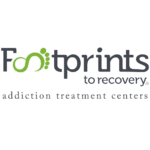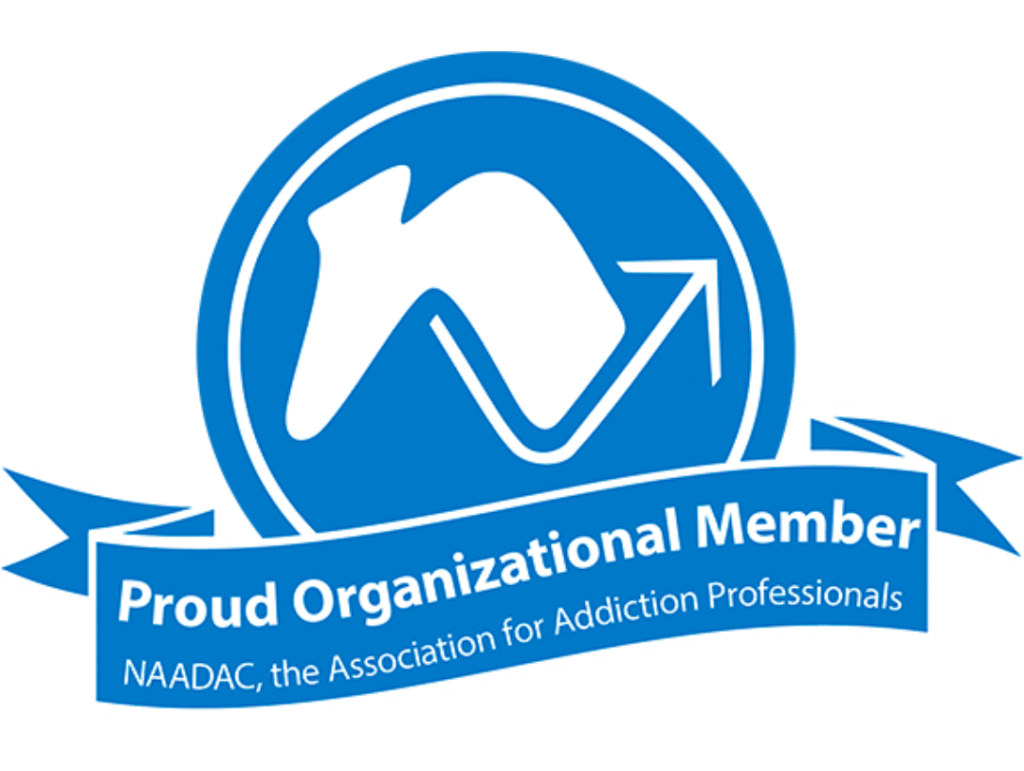Many people think of alcohol and drug withdrawal as the physical discomfort you have after quitting drugs or alcohol. They believe these symptoms last for a few days or a week and then you’re done with detox. While it’s true that in most cases physical withdrawal symptoms subside in three to seven days, psychological withdrawal symptoms may linger for weeks or months after withdrawal and detox. This is known as post acute withdrawal syndrome (PAWS).
What Is Post Acute Withdrawal Syndrome?
Post acute withdrawal syndrome (PAWS) can occur after you’ve stopped abusing drugs or alcohol. You’ve likely been through most physical withdrawal symptoms before PAWS starts. PAWS is a withdrawal phase that can cause problems with thinking, emotions, and physical health. It can last for months or even years.
What Are PAWS Symptoms Like?
PAWS is protracted withdrawal syndrome. This is the longer-term aftermath of substance abuse. Addiction leaves a chemical imbalance in the brain that causes physical withdrawal and mental illness symptoms. This is because chemicals play a central role in mental health disorders like depression and anxiety disorders. PAWS symptoms usually kick in about two to four weeks after drug or alcohol detox and gradually get better over time.
Common post acute withdrawal symptoms include:
- Mood swings
- Depression symptoms
- Anxiety and panic attacks
- Sleep disturbances
- Irritability
- Confusion and fogginess
- Low energy and motivation
A common PAWS risk is relapse. When you feel PAWS symptoms like depression, anxiety, boredom, or apathy, it can be tempting to self-medicate with drugs or alcohol. But using drugs or alcohol to deal with these feelings will only make them worse in the long run.
When Does PAWS Start?
PAWS can start as early as a few days after quitting alcohol or drugs and can last for months. In some cases, post acute withdrawal syndrome can last for a year or more. The severity of PAWS varies from person to person. In general, the symptoms tend to be more severe in people who have been addicted to opioids or other drugs for a longer period of time.
The onset of PAWS is determined by several factors. These include:
- The amount of drugs or alcohol you’ve been abusing
- The type of drugs you’re using
- How long you’ve been using drugs or alcohol
- Your general health
- If you have any underlying mental health conditions
- Your age
How Long Does Post Acute Withdrawal Syndrome Last?
The typical timeline for the PAWS stage is anywhere from weeks to years. It can vary depending on you and your specific situation.
Just like the onset of PAWS, there are factors that determine how long PAWS occurs. Some of the most important factors include:
- Severity of your substance use disorder
- Length of time you’ve been addicted
- Amount of damage done to your brain and body
- Your health history and lifestyle
Why Does Post Acute Withdrawal Syndrome Happen?
Drugs and alcohol make your brain think it needs more of its feel-good chemicals. These create the high or relaxed feeling you get when you drink or use drugs. When you keep abusing a substance, it makes your natural supply of those chemicals go down. Your brain starts to depend on alcohol or drugs to produce chemicals that are needed for the body to work correctly.
These changes to your brain chemicals are why quitting addictive substances can be so difficult. When you stop taking drugs or alcohol, your body goes into shock as it tries to readjust. This can cause physical withdrawal symptoms like tremors, vomiting, and others. These drug and alcohol withdrawal symptoms usually ease up within a few days or a couple of weeks, although it could take months for your brain chemicals to rebalance and work correctly without substances. This is what causes the psychological symptoms of PAWS.
How Do You Avoid PAWS?
There is no way to determine if you will experience PAWS symptoms or how severe they will be. There are a few things you can do to help reduce your risk of developing post acute withdrawal syndrome. After you have been through medical detox:
- Stick to a healthy diet and lifestyle
- Exercise regularly
- Attend behavioral therapy sessions
- Take part in holistic approaches like yoga and mindfulness
- Take all medication as prescribed by your doctor
- Avoid triggers that can lead to relapse
Substance abuse can lead to a number of health problems, and post acute withdrawal syndrome is just one of them. Getting treatment for addiction can help prevent PAWS from happening or reduce the severity of symptoms. Treatment can also help you avoid relapsing, which can make PAWS even worse.
What Helps Post Acute Withdrawal Syndrome?
While there isn’t a one-size-fits-all approach to managing post acute withdrawal symptoms, certain strategies may help ease PAWS symptoms. Some methods that may help this withdrawal stage include:
- Physical activity: Exercise can improve mood and energy levels and help you deal with stress effectively.
- Taking breaks: When feeling overwhelmed or struggling with cravings, take a break for a few minutes or hours. This can rejuvenate your body and mind.
- Positive distractions: When experiencing withdrawal symptoms, focus on activities that are enjoyable and calming. This can help offset some of the negative effects of withdrawal.
- Healthy coping skills: Examples include deep breathing, journaling, and progressive muscle relaxation.
- Medical help: A physician can assess what medical interventions can help with PAWS. Some medications that can help alleviate the symptoms of PAWS include acamprosate, buprenorphine, disulfiram, naltrexone, and topiramate. It is important to work with your doctor to find the best medication for you and ensure you are taking the correct dose.
- Behavioral health therapy: In some cases, professional behavioral help may be necessary to manage post-acute withdrawal symptoms. This can be particularly beneficial if symptoms are severe or interfere with daily life. A behavioral health professional can also develop a comprehensive plan to help manage post acute withdrawal symptoms.
- Connection: Connecting with others who are in addiction recovery can help you feel less isolated and allow you to share with others who understand your struggles.
While coping with PAWS symptoms can be challenging, there are many ways to manage these common symptoms. With the right approach, it is possible to minimize the impact of these symptoms and live a fulfilling life.
What Types of Substance Abuse Causes PAWS?
A number of addictive substances can lead to post acute withdrawal syndrome. Some of the most common ones include:
- Alcohol: One of the most commonly abused substances, alcohol withdrawal can cause a range of symptoms. PAWS is usually seen in people who have struggled with alcohol addiction.
- Opioids: Another class of drugs that can cause PAWS, these drugs include prescription painkillers like OxyContin and Vicodin, as well as illicit drugs like heroin. People with opioid addiction are at risk for developing PAWS after quitting these drugs.
- Benzodiazepines: This class of medications is commonly prescribed for anxiety and panic disorders. They can be addictive and lead to PAWS when discontinued. Some of the most common benzodiazepines include Xanax, Ativan, and Klonopin.
Any substance has the potential to cause withdrawal symptoms when abused. Even stimulants like cocaine and methamphetamines, as well as THC, can cause PAWS.
How Do You Treat Paws?

Symptoms of post acute withdrawal can be treated through a combination of medical and behavioral approaches.
Medication
Sometimes prescription drugs like antidepressants and anti-anxiety medications can ease depression or anxiety symptoms that accompany PAWS. These types of medications help correct some of the chemical imbalances from overstimulation of neurotransmitters like dopamine and serotonin.
Behavioral Therapy
Research shows that behavioral therapy and medications can work together to ease mental health symptoms. Evidence-based addiction treatment like cognitive behavioral therapy (CBT) can help you regulate your emotions and address unhealthy thinking patterns that can trigger a relapse. Antidepressants or anti-anxiety medications can help you feel good enough to put behavioral therapy tools into practice.
Support Groups
Attending 12-step groups or 12-step alternatives provides an important sense of support and accountability in early recovery. When PAWS symptoms are threatening your sobriety, having peers or sponsors you can lean on is critical.
Exercise and Nutrition
The mind-body connection is real. Studies have long touted the benefits of exercise in preventing or easing psychiatric symptoms. Research also underscores the importance of proper nutrition in recovery. When you take care of your body, it has a positive impact on your brain and overall well-being. When you feel good, it’s easier to resist triggers.
Mindfulness and Spirituality
Meditating, yoga, and other mindfulness practices help you stay grounded in the moment. This can ease ruminating and negative thoughts. Spirituality gives you a sense of being part of something bigger than yourself. Both support your behavioral health.
Self-Care
In addition to eating well and exercising, other forms of self-care can support your sobriety. Getting enough sleep can have a huge impact on how you feel and your ability to cope with difficulties. Participating in hobbies or hanging out with people you enjoy are mood boosters.
Self-care also means keeping up with your aftercare plan. That may include things like:
- Medication-assisted treatment
- Individual therapy appointments
- Alumni groups at the treatment center you attended
- 12-step groups
- Checking in with sponsors regularly
PAWS is sometimes a normal part of the recovery process. Not everyone will experience it and its severity depends on a lot of factors. These can include the extent of your addiction and your individual physical make-up. Reminding yourself that PAWS is temporary and gets better with time may help you get through this time.
Looking For Help?
Whether it’s your first time in a rehab center or you’ve relapsed several times, we can help. Footprints to Recovery offers evidence-based treatment for substance use
disorders that is individualized to your needs and background. Your personalized treatment program will be relevant to where you’ve been and where you hope to go.
At Footprints you’ll recover alongside peers who understand what you’re going through. You’ll receive care from compassionate treatment providers who are experts in their fields. We’ll help you address the underlying issues of addiction, like co-occurring disorders and trauma. You’ll learn healthy coping strategies and leave with a toolbox of recovery skills for long-term sobriety.
Our addiction treatment centers offer:
- Inpatient medical detox
- Outpatient medically supervised detox
- Inpatient rehab
- Partial hospitalization program (PHP)
- Intensive outpatient program (IOP)
- Outpatient treatment
- Sober living residences
- Dual diagnosis treatment
- Traditional and holistic therapies
- Support for loved ones
- Alumni program
Call us for a free, confidential consultation.








